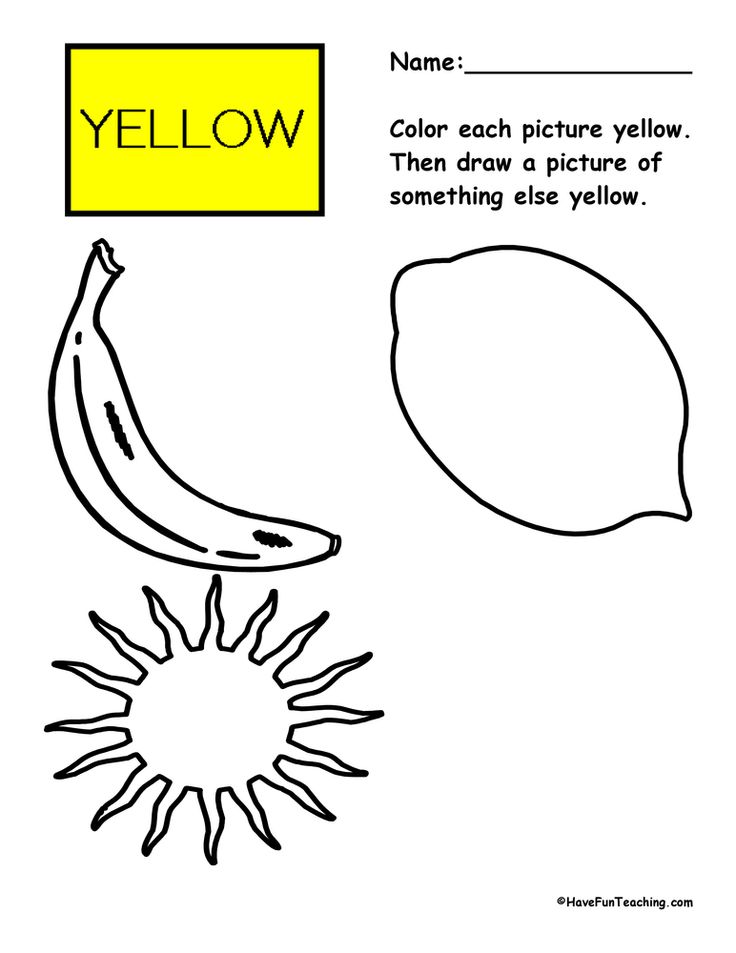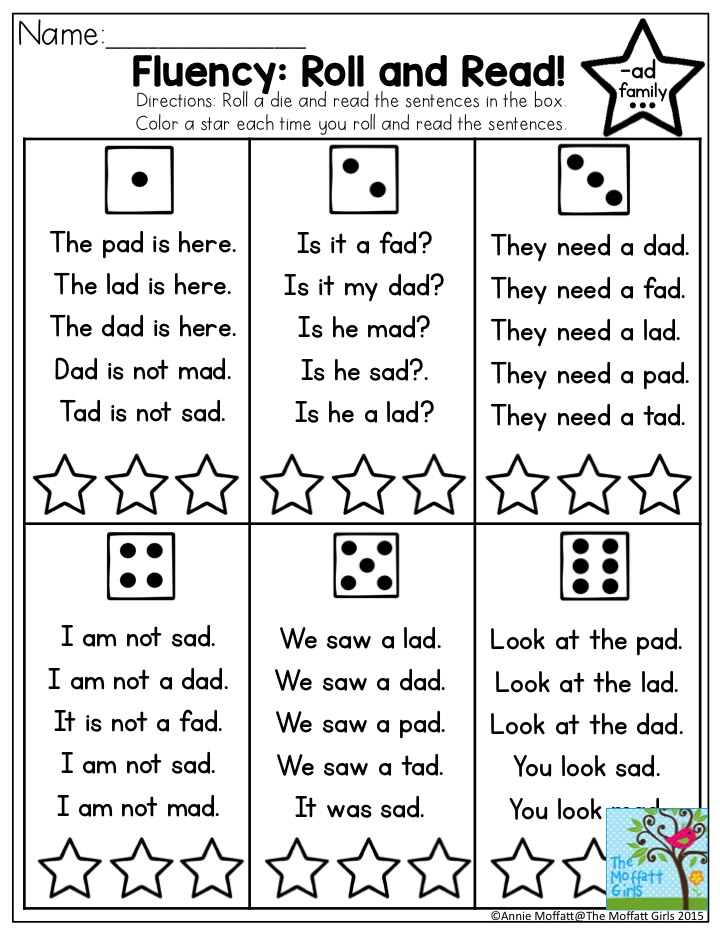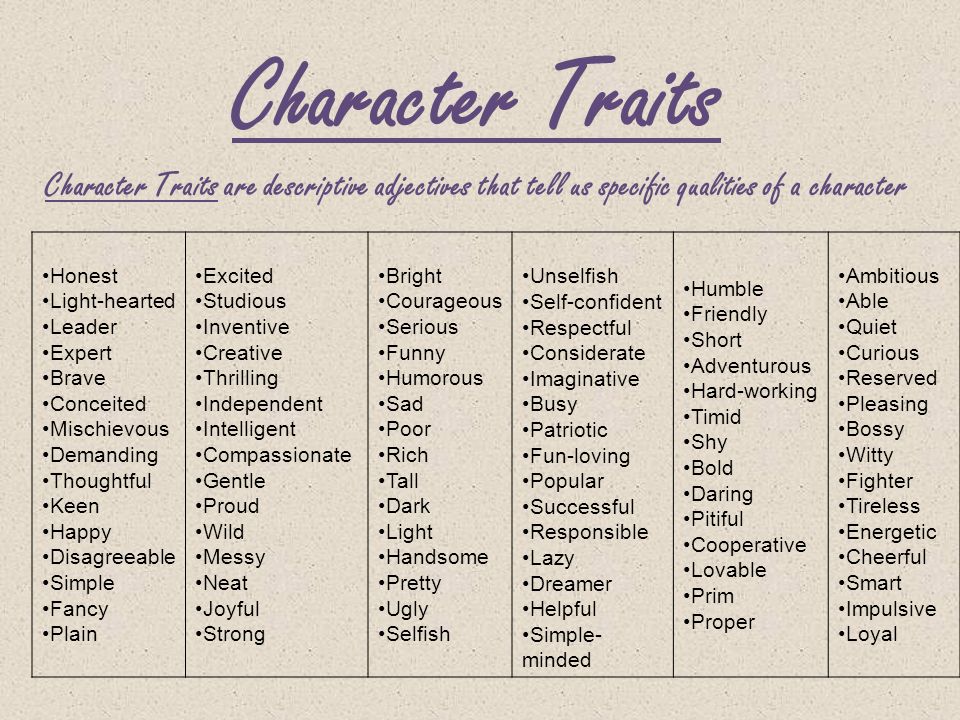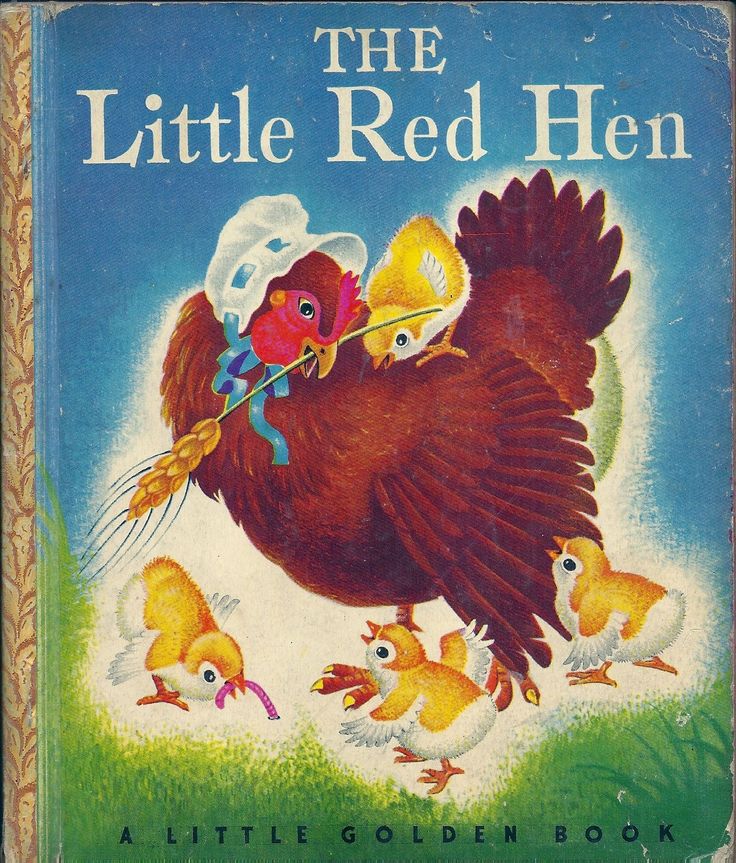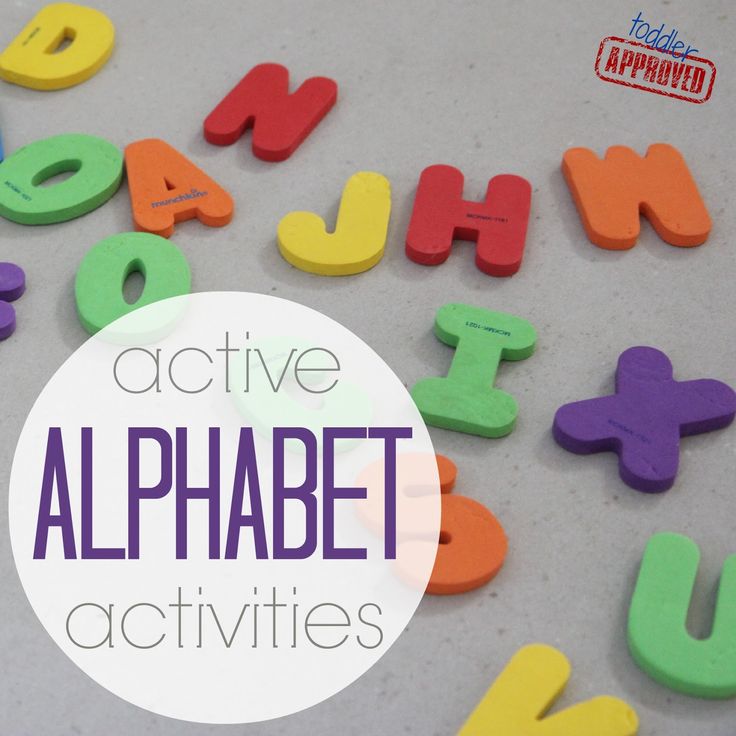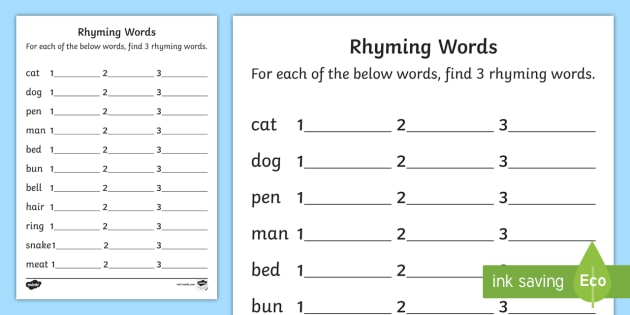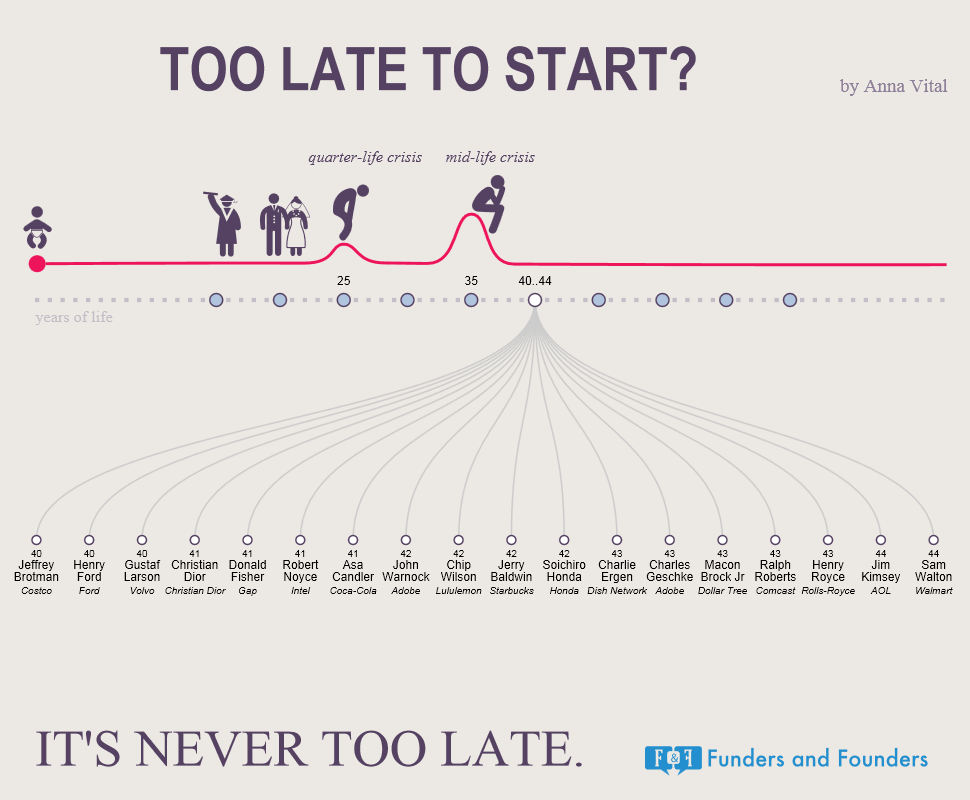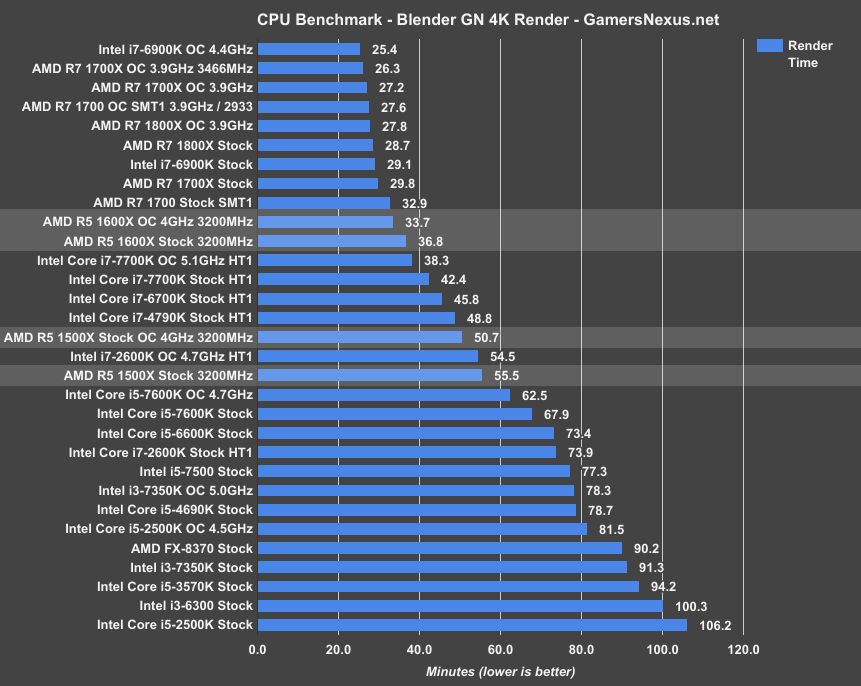Sounds of vowels e
/e/
Top
/e/ in words
/e/ in sentences
Record your voice:
To make the /e/ sound:
This vowel is a mid front vowel. Position your tongue at middle height in your mouth, and shift it toward the front. The muscles of your lips and mouth should be fairly tense. Vibrate your vocal cords with your mouth in this position. This vowel is made slightly higher in the mouth than the /ɛ/ vowel.
Use the record and play buttons above to compare your pronunciation to the words below:
say made able take paid valet
Problems with playback may be resolved by refreshing the page.
In Words
The /e/ sound plays an important role in the difference between the paired words below.
Listen to each pair, paying attention to how the first word differs from the second.
bat | bait lit | late lack | lake red | raid
Record yourself repeating the words, making sure to focus on the pronunciation of /e/. Then, compare it to the model recording. If you need help, check out the animated video to see exactly how to pronounce the sound.
Repeat this exercise several times a day. As with any skill, improving takes repetition and practice.
Here are several common words that include /e/. It’s a good idea to be comfortable with their pronunciation.
Listen to how each word is pronounced, focusing on /e/. Notice how /e/ can appear at the beginning, middle, or end of a word.
fake train wait break sales capable
Record yourself repeating the words, making sure to focus on the pronunciation of /e/. Compare your recording to the model recording.
Repeat this exercise several times a day.
See the “What’s next?” section below for more practice tips.
In Sentences
It’s important to go beyond single words when you practice sounds in English. Tongue twisters (difficult-to-pronounce sentences) are a great way to train your tongue to pronounce /e/ in a stream of speech.
Listen to how each tongue twister is pronounced. Be sure to note the sounds or words that might be challenging for you, and how many times you will pronounce /e/.
May you aim for the base of the oasis.
Face the pace and waste the lace.
Record yourself repeating each tongue twister. Try it slowly first, and then gradually increase to a fluid, natural-feeling pace.
Repeat this exercise several times a day. You can try creating your own tongue twisters, too!
Pronunciation practice is even more effective in a meaningful context. Here are several sentences with /e/ that you may find yourself saying frequently.
Listen to how each sentence is pronounced. Which word(s) include /e/?
My major helped me work in a government agency.
Please wait a moment.
Record yourself repeating each sentence, focusing on the pronunciation of /e/.
Repeat this exercise several times a day.
See the “What’s next?” section below for more practice tips.
What’s next?
Schedule a One-to-One Session to learn more about this sound and how to master it. Receiving direct, personalized feedback on your pronunciation is an excellent way to pinpoint your strengths and areas for improvement.
Also, here are some great ways to make pronunciation practice more effective and relevant to you:
• Compile important vocabulary with /e/ from your field of study, résumé, and other interests. Practice these words by recording yourself pronouncing them and writing authentic sentences that use them in context.
• Think of scenarios you are likely to encounter in your daily life (e.g. talking to a fellow student or colleague, interviewing for a job) and write role plays that could include words with /e/. This will prepare you to use them spontaneously.
• Attend Conversation Hour with the goal of focusing on your pronunciation of /e/.
• Check out the helpful links and resources that TfCS recommends for extra practice, particularly Rachel’s English.
◀ Back to Consonants and Vowels
Short and Long E Vowel Sound Words List
Today we’ll discuss about vowel ‘e’ and learn different sounds it produces when it is used in a word.
One of the first encounters for a student will be this concept is of long and short vowel sounds, such as e. Short e, written phonetically as ?, makes the vowel sound of e, as in bet, get, bed and pen.
The following extensive list introduces “short e” and “long e” sound words to kindergarten students.
Short E Vowel Sound WordsFollowing is a list of words with short e sound:
| ben | bed | beg | bet | den | fed |
| gem | get | gel | hen | hem | jet |
| keg | led | leg | let | men | met |
| net | pen | peg | pet | red | set |
| ten | Ted | vet | yet | wed | wet |
| Ferry | Deck | Elbow | Echo | Egg | Pencil |
| Bread | Ready | Breath | Steady | Threat | Heavy |
| Pleasure | Deaf | Measure | Sweat | Weapon | Spread |
There are two ways to make a short e sound:
- Using letter e: These words use just the letter e to spell the short /e/ sound.
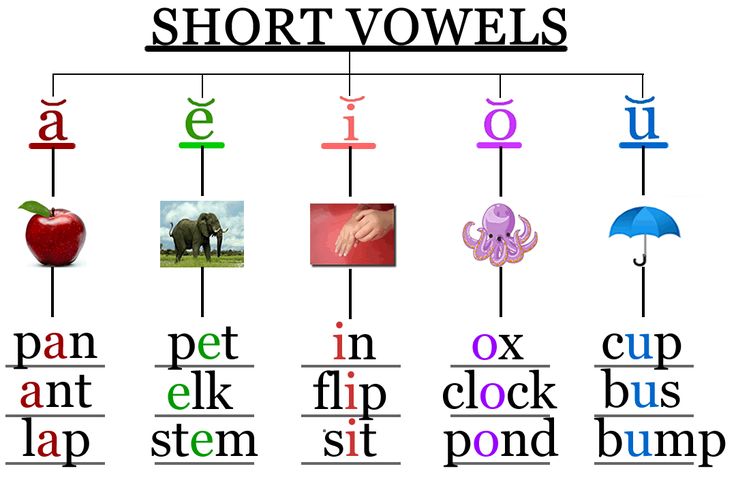 Such as in 3 letter short e cvc words where vowel ‘e’ is used between two consonants
Such as in 3 letter short e cvc words where vowel ‘e’ is used between two consonants
| Bed | Wet | Ted | Fed |
2. EA Words: These words use EA digraph to spell short /e/ sound. For example:
| Head | Read | Weather | Already |
Go through the words given in above table and try to pronounce them, Have you noticed anything?. You must have observed that we don’t have to stress on the vowel ‘e’ therefore we hear a soft ‘e’ sound.
Now let’s have a look at long ‘e’ vowel words where you would have to stress the vowel ‘e’ to pronounce the words correctly.
Long E Vowel Sound WordsFollowing is a list of phonics words with long e vowel sound:
| Bead | Bean | Mean | Lean | Dean | Teen |
| Feet | Heat | Beet | Beat | Seam | Keen |
| Meat | Meet | Sheet | Bleet | Feed | Need |
| Lead | Seat | Sleet | Fleet | Neat | Greet |
| Become | Gene | Recess | Theme | Evening | These |
| Portuguese | Decide | Happy | Relax | Glory | Delight |
| Field | Deceit | Brief | Receive | Mischief | Conceive |
Let’s explore seven different ways of spelling Long e sound:
This week we’re looking at the long /e/ sound and the seven different ways of spelling it.
1. Using letter e: These words use just the letter e to spell the long /e/ sound.
This spelling of the long /e/ sound is also used for words beginning with prefixes ‘re-‘, ‘be-‘, and ‘de-‘.
| evening | between | delight | recess |
There are some exceptions which include common words like ‘she’, ‘he’, ‘we’, ‘me’, and ‘be’.
2. EE Words: These words spell the long /e/ sound with the letters ee, which usually appears in the middle of the word and occasionally at the end of the word. For example:
| Meet | Seed | Three | Tree |
3. EA Words: These words spell the long /e/ sound with the letters ea. Here are some examples:
| Year | Feat | Reason | Peach |
| Season | Reach | Breathe | Squeak |
4.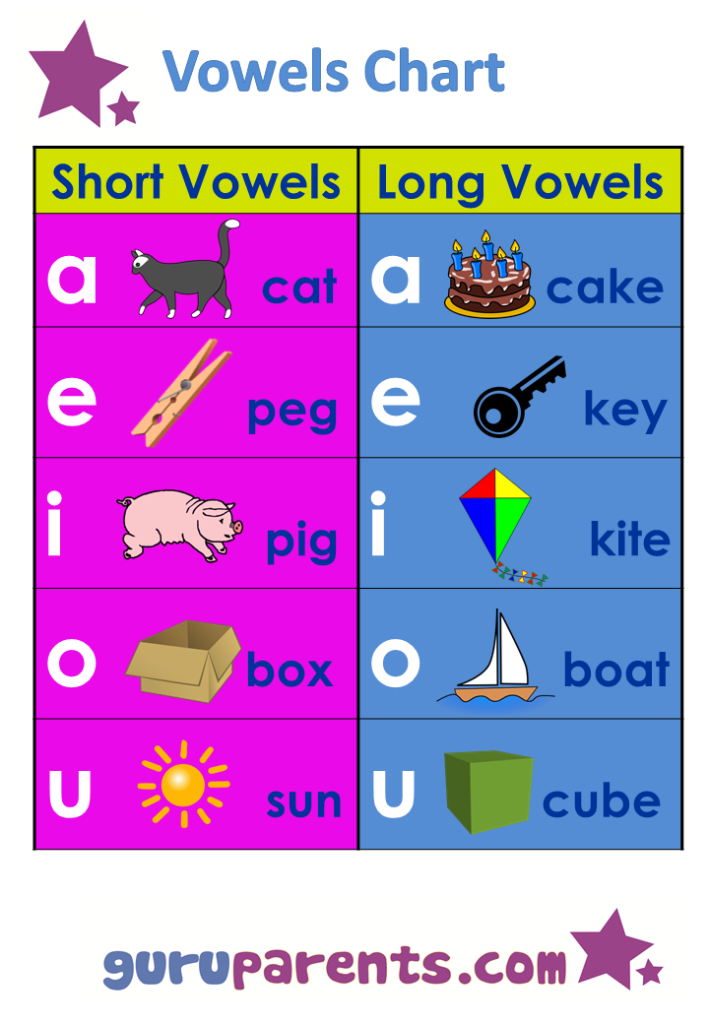 E_E Words: These words use split digraph e_e to spell the long /e/ sound, with an e in the middle of the word and an e at the end of the word. Here are some examples:
E_E Words: These words use split digraph e_e to spell the long /e/ sound, with an e in the middle of the word and an e at the end of the word. Here are some examples:
| Here | Theme | Concrete | Portuguese |
5. Y words: These words use letter y at the end to spell the long /e/ sound.
| Cherry | Glory | Twenty | Empty |
6. IE Words: These words use digraph ie to spell the long /e/ sound. Here are some examples:
| Shriek | Relieved | Brief | Fierce |
7. EI Words: There long /e/ sounds in these words are spelled with the letters ei, because the ‘i before e’ spelling rule doesn’t apply after the letter c.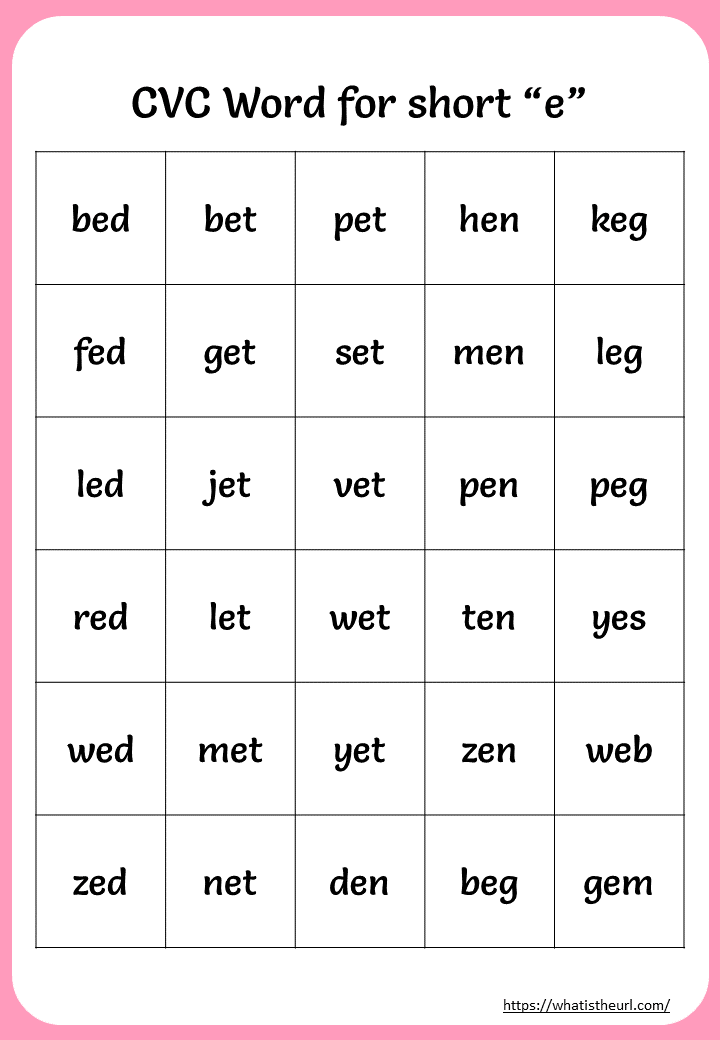
| Ceiling | Conceive | Receipt | Perceive |
Because you have to stress long on vowel ‘e’ to make a sharp sound, they are called Long ‘e’ vowel words.
We hope you have found this post useful for your child. Practice sounding out these words to help your child upgrade his/her phonics skills.
Keep exploring EnglishBix to find more resources related to Elementary Grades.
Quick Links
Vowel sounds and letters. How many are there in Russian?
We will teach you how to write without mistakes and tell stories in an interesting way
Start learning
The correct pronunciation of words is one of the components of a beautiful and literate speech. To achieve this, you will first have to study the sounds themselves. In this article, we will figure out together what vowel sounds are, how many vowels are in the alphabet of the Russian language, and what sounds they can represent.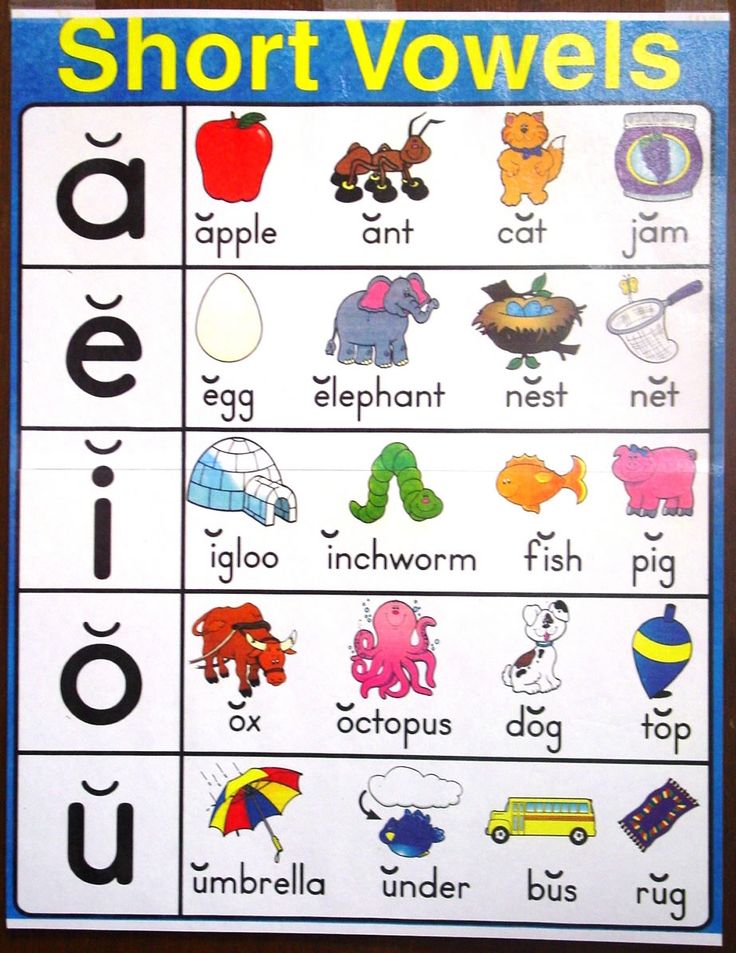
What are vowels and sounds
Vowel sounds are those sounds that we freely convey with our voice. Hence their name comes from: voice means "voice". When pronouncing, air exits through the mouth and does not create noise, and the position of the tongue and lips determines which vowel sound we will pronounce.
There are much fewer vowels in Russian than consonants. There are 6 of them in total: [a], [o], [i], [s], [y] and [e]. To understand whether a vowel sound is in front of you or not, try to sing it. For example:
-
a-a-a ,
-
woo
-
s-s-s .
If it works, then the sound is a vowel. You can't do that with consonants.
There are more vowels than sounds - there are 10 of them: a, i, u, u, o, e, e, e, i, s . This difference is due to the fact that some of these letters can represent two sounds and are pronounced using a combination of a vowel and a consonant [y']. For example, in the word spruce the letter e expresses two sounds - [y'] and [e]. Let's look at the table all the vowel sounds and the letters that represent them.
This difference is due to the fact that some of these letters can represent two sounds and are pronounced using a combination of a vowel and a consonant [y']. For example, in the word spruce the letter e expresses two sounds - [y'] and [e]. Let's look at the table all the vowel sounds and the letters that represent them.
| Letter | Sound | Example |
|---|---|---|
| a | [a] | pharmacy |
| i | [a] [d'] + [a] | change anchor |
| y | [y] | moon |
| [y] [y'] + [y] | love skirt | |
| about | [o] [a] | horse milk |
| e | [e] [th'] + [e] [and] | victory raccoon great |
| e | [o] [d'] + [o] | rope hedgehog |
| e | [e] | evolution |
| and | [and] [s] | caviar life |
| s | [s] | choice |
Demo lesson in Russian
Take the test at the introductory lesson and find out what topics separate you from the "five" in Russian.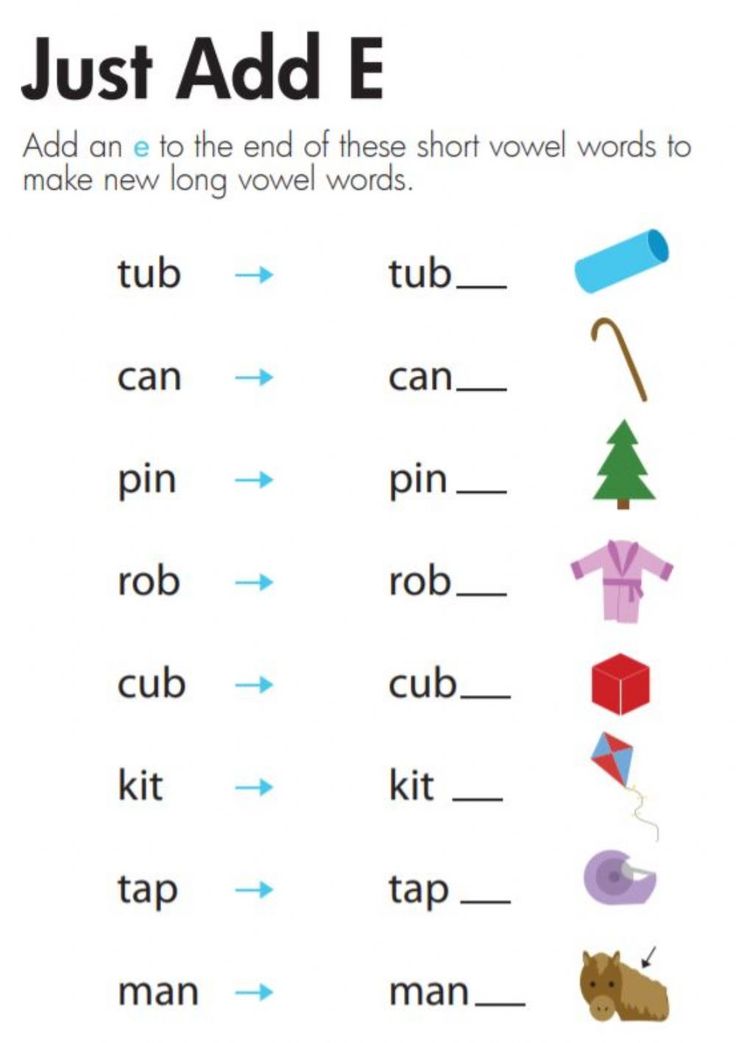
How vowel sounds are related to syllables
Vowel sounds form syllables - sound segments of words that we pronounce with one breath. One syllable can be either a vowel with one or more consonants, or a vowel alone. There is even a rule by which syllables can be counted: how many vowels in a word - so many syllables.
For example, in the word journey there are 5 vowels: [u], [i], [e], [i] and [e]. This means that it has 5 syllables: p-te-she-stv-e .
Test yourself!
Count the number of syllables in the words: try on, tanner, well-groomed, care, prefix, capital, wet, invitation, orange .
Vowel sounds and stress
Now let's see what groups vowel sounds are divided into. Sometimes their pronunciation depends on whether the stress falls on them, that is, whether we single them out with our voice. So vowel sounds are divided into stressed and unstressed.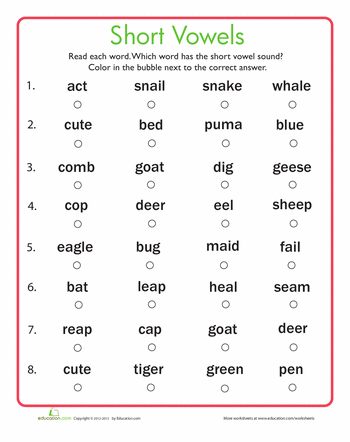 Here are some examples:
Here are some examples:
| | | |
|---|---|---|
| | | |
| | | |
| | | |
Stress in Russian can fall on any of the existing vowel sounds. However, only 4 of them can be unstressed - these are [a], [i], [y] and [s]. In this position, we pronounce sounds weaker than under stress, because of which they can change qualities and sound differently.
Interestingly, the vowels [o] and [e] can only be stressed. There are only a couple of exceptions to this rule: for example, in words cocoa and canoe sounds [o] and [e] in an unstressed position.
How unstressed vowels are related to consonants
How an unstressed vowel sounds depends on the consonant that precedes it. Or rather, from its hardness or softness. If it is a hard consonant, it can be followed by unstressed vowels [y], [a] and [s]. When we talk about a soft consonant, it is followed by unstressed vowels [y] and [and].
| | |
|---|---|
| | |
| | |
| | |
Free English lessons with a native speaker
Practice 15 minutes a day. Learn English grammar and vocabulary. Make language a part of life.
Learn English grammar and vocabulary. Make language a part of life.
Test yourself
It's time to find out if you now understand well what vowel sounds are in Russian. To do this, we have prepared tasks for self-examination.
Task 1
List all the vowel sounds in these words:
-
screech,
fair,
rejoice,
doll,
distant,
buddy,
voting,
mirror,
story,
OK,
captivate.

Task 2
Name 5 words each in which the sounds [a], [i], [y] and [s] would be stressed.
Task 3
Name 5 words in which an unstressed vowel would come after a hard consonant and 5 more words where it would follow a soft consonant.
Task 4
Count the number of syllables in the words below (don't forget to use the rule you learned at the beginning of the article!):
-
weightless,
-
sunrise,
-
adventure,
-
painter,
-
perpetuate,
-
pleasant,
-
image,
-
category,
-
exciting,
-
melting,
-
snowflake.
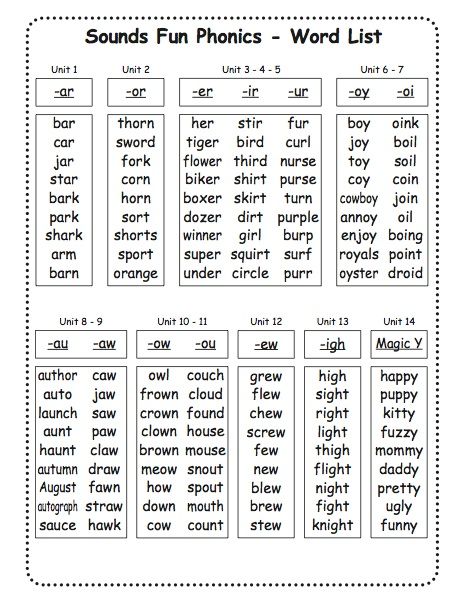
The rules of phonetics help us to speak correctly, so it is important to master the topic of vowels well and avoid gaps in knowledge. If even after reading the article you still have questions on the topic, you can figure them out in the Russian language course at Skysmart. In online lessons, the teacher will help the student work out the theory and consolidate the result on non-boring tasks. So the student will be able to improve the quality of knowledge, and fall in love with the subject.
Russian cheat sheets for parents
All the rules of the Russian language at hand
Vowels and vowel sounds of the Russian language - diagram, table
Contents:
• Vowels and sounds
• Stressed and unstressed
• Iotated
3 Russian the language of vowels - 10, vowels - 6. Vowels: a, i, e, e, o, u, s, e, u, i. Vowel sounds: [a], [o], [y], [e], [i], [s]. In the school curriculum, vowel sounds are indicated in the diagrams in red.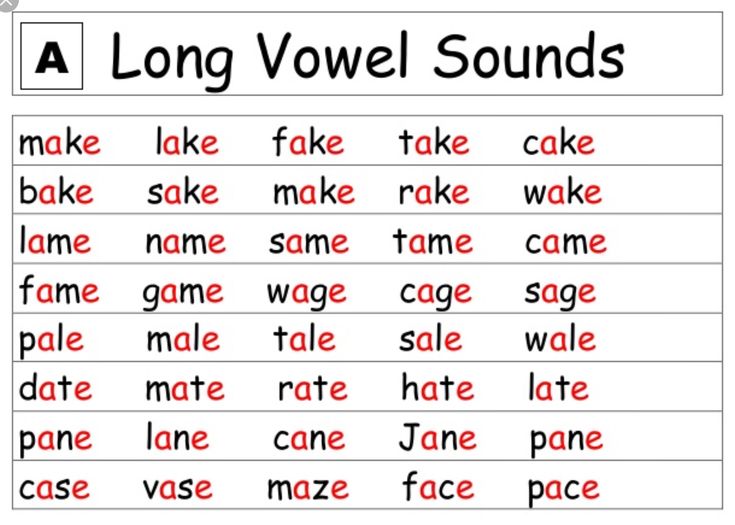 In elementary grades, they explain: vowels are called so because they “voice”, they are pronounced “voiced”, while consonants got such a name because they “agree” with vowels.
In elementary grades, they explain: vowels are called so because they “voice”, they are pronounced “voiced”, while consonants got such a name because they “agree” with vowels.
Stressed and unstressed vowels
There are vowel sounds:
It is correct to say "stressed syllable" and "unstressed syllable". Instead of "stress falls on a vowel" say "stress falls on a syllable with a vowel." However, in the literature there are formulations "stressed vowel" and "unstressed vowel".
Stressed vowels are in a strong position, they are pronounced with more force and intonation. Unstressed vowels are in a weak position, they are pronounced with less force and may be subject to change.
Note. The designation of the letter e in a weak position differs in different school programs. Above we showed the sound [and], in other school programs the designation [e] is found, in the institute program - [e and ] (e with an overtone and).
In Russian there are compound words with primary and secondary stress. In them, with a strong intonation, we highlight the main stress, with a weak intonation - a secondary one. For example, in the word foam blocks, the main stress falls on the syllable with the letter o, the secondary stress on the syllable with the letter e. In phonetic analysis, the vowel with the main stress is stressed, the vowel with the secondary stress is unstressed. For example: tricuspid, three-year-old.
Iotated vowels
The letters i, u, e, ё are called iotated and mean two sounds in the following positions of the word:
- at the beginning of the word: tree [y'olka], Yana [y'ana], raccoon [y'inot];
- after a vowel: hare [zay'its], button accordion [bay'an];
- after ь or ъ: streams [ruch'y'i], rise [fall'om].
For ё and stressed vowels i, u, e, a replacement is made: i → [y’a], yu → [y’u], e → [y’e], yo → [y’o].

